Very Young Adolescent (VYA) Alliance and USAID talk programming for VYA health
[Originally posted on K4Health’s blog here]
Think about your brothers, sisters, nieces, nephews, or children who are aged 10 to 14. What do you really know about them?
The challenge
There are about 1.2 billion adolescents in the world today, and 50% of them (around 600 million) are between 10-14 years old. So far, this age group—sometimes referred to as very young adolescents (VYA)—has been overlooked in most sexual and reproductive health programs and policies, which are often directed at older adolescents. Also, little comprehensive data exists for VYAs. Yet, this group of adolescents faces unique health challenges: they are beginning puberty, acquiring information, developing attitudes and experimenting with behaviors that will affect their current and future well-being. This stage of life is critical to young people’s ability to avoid risky behaviors, including early sexual activity and inequitable relationships, which can lead to early pregnancy, HIV, sexually transmitted infections (STI) and violence.
This is when interventions are most needed.
Early adolescence marks the beginning of a transition between childhood and adulthood, a period that sets the stage for future sexual and reproductive health, as well as gendered attitudes and behaviors. Interventions with VYA can lay the foundations for lifelong healthy relationships, behaviors and practices. In addition, even as VYAs begin to form close relationships with their peers, they still need the protection of parents, adults, and social institutions. All help to establish boundaries, a sense of belonging, and support learning and skills development. But while caring adults seek to protect VYAs from harm, many are ill-prepared to support this age group’s healthy development. VYA programs can equip supportive adults with appropriate information and guidance on puberty, sexuality gender, and the skills to communicate with this age group to ensure safe passage through these transitional years.
What is the VYA Alliance?
The founding members of the VYA Alliance include Deutsche Stiftung Weltbevoelkerung (DSW), Georgetown University’s Institute for Reproductive Health (IRH), Plan International USA, and Save the Children.
Our goals:
- Raise awareness of the importance of VYAs.
- Test innovative programs.
- Make program practices, tools, and guidelines widely accessible.
The VYA Alliance sees the need.
Since 2010, the VYA Alliance has conducted consultations with stakeholders on VYAs, which have helped reinforce a growing commitment to and action around this age group. This includes two national meetings in Uganda and Nigeria.
VYA Alliance members and their programs
- In Uganda, the Gender Roles, Equality and Transformations (GREAT) Project supported by USAID and implemented by Georgetown University’s Institute for Reproductive Health (IRH) alongside partners Save the Children and Pathfinder International is testing gender transformative approaches with VYAs and community members that can be taken to scale.
- The Child Centered Community Development approach developed by Plan protects the rights of children, particularly VYAs.
- Save the Children’s Choices program helps VYAs form positive gender attitudes and behaviors, while the Promises program engages community members to create supportive social environments for VYAs.
- DSW’s Youth-to-Youth Initiative guides communities to advocate for VYAs with governments and other stakeholders in Uganda, Tanzania, and Kenya
USAID’s investment in VYAs
USAID’s Youth in Development policy explicitly refers to young people as those between the ages of 10-29, recognizing that adolescence is a continuum with different needs across this transitional stage to adulthood. To this end, the policy advocates for programming that works across sectors to address the physical, cognitive, emotional, social, cultural, and political changes that occur in this life cycle phase. From a gender perspective, the motivation to work with VYAs is simple: we know that gender norms and expectations are formed early, and reinforced through social interactions at all levels. Working with children and VYAs allows us to help them question dominant, inequitable norms that may be harmful and come up with alternative norms that set the stage for healthier attitudes, beliefs and behaviors.
In 2013, USAID invested in the first phase of WHO’s Global Early Adolescent Study to develop a suite of data collection tools, and is exploring ways to support proposed longitudinal research on very young adolescents. With new data and evidence of effective approaches for VYAs, Missions can also advocate for VYAs and ensure their programs reach this important population.
Solutions involve everyone.
Join with the VYA Alliance to support policies and programs that prioritize VYAs. We know they are imperative for setting the stage for healthy future relationships and positive sexual and reproductive health.
Learn more.
- Peer-reviewed article: Investing in very young adolescents’ sexual and reproductive health, Global Public Health Journal
- Blog: Investing in sexual and reproductive health of 10 to 14 year olds yields lifetime benefits
- Infographic: Why invest in very young adolescent sexual and reproductive health?
- Video message: WHO’s Dr. Marleen Temmerman on VYAs
- Very Young Adolescent (VYA) Alliance. Further the Program and Research Agenda for Reaching Very Young Adolescents (Concept Note).
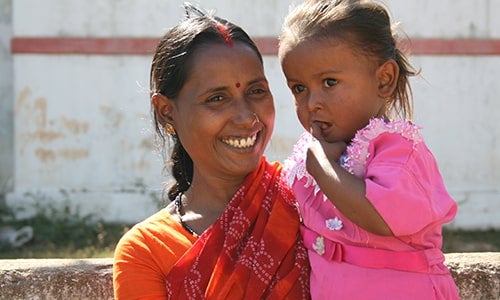 Where We Work
Where We Work 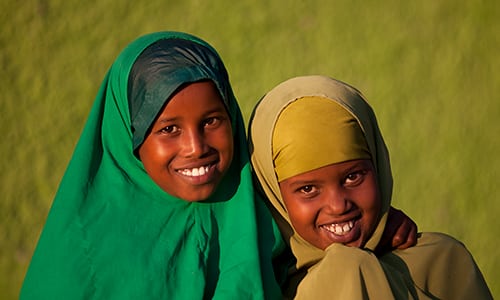 Press Room
Press Room 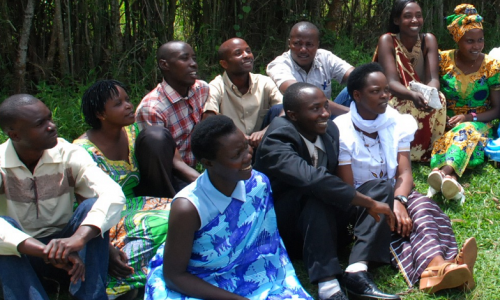 FACT Project
FACT Project 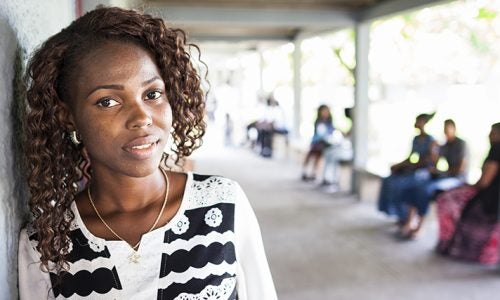 Passages Project
Passages Project 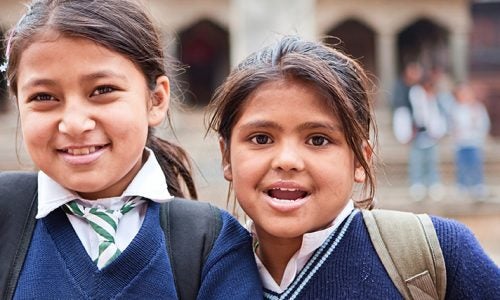 Learning Collaborative
Learning Collaborative  Search All Resources
Search All Resources 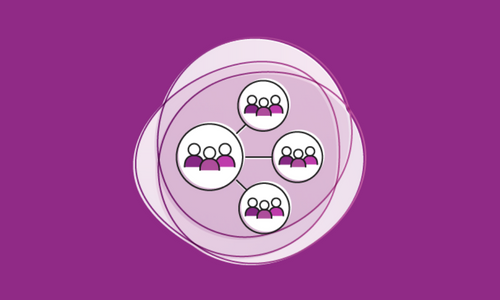 Social Norms
Social Norms 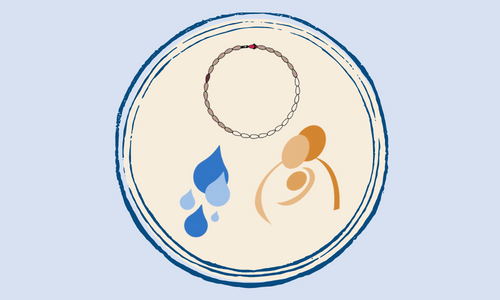 Fertility Awareness Methods
Fertility Awareness Methods